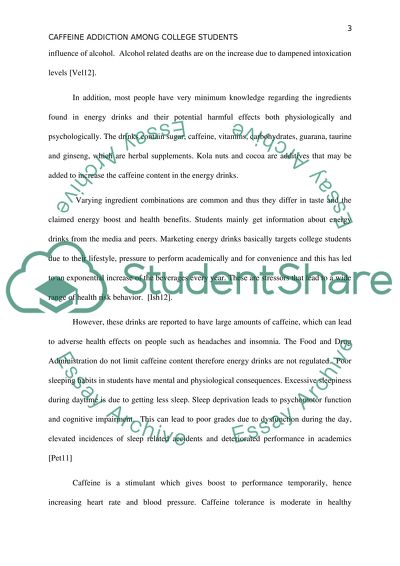Cite this document
(“Caffeine Addiction (energy drinks) of College Students Term Paper”, n.d.)
Caffeine Addiction (energy drinks) of College Students Term Paper. Retrieved from https://studentshare.org/health-sciences-medicine/1646033-caffeine-addiction-energy-drinks-of-college-students
Caffeine Addiction (energy drinks) of College Students Term Paper. Retrieved from https://studentshare.org/health-sciences-medicine/1646033-caffeine-addiction-energy-drinks-of-college-students
(Caffeine Addiction (energy Drinks) of College Students Term Paper)
Caffeine Addiction (energy Drinks) of College Students Term Paper. https://studentshare.org/health-sciences-medicine/1646033-caffeine-addiction-energy-drinks-of-college-students.
Caffeine Addiction (energy Drinks) of College Students Term Paper. https://studentshare.org/health-sciences-medicine/1646033-caffeine-addiction-energy-drinks-of-college-students.
“Caffeine Addiction (energy Drinks) of College Students Term Paper”, n.d. https://studentshare.org/health-sciences-medicine/1646033-caffeine-addiction-energy-drinks-of-college-students.


